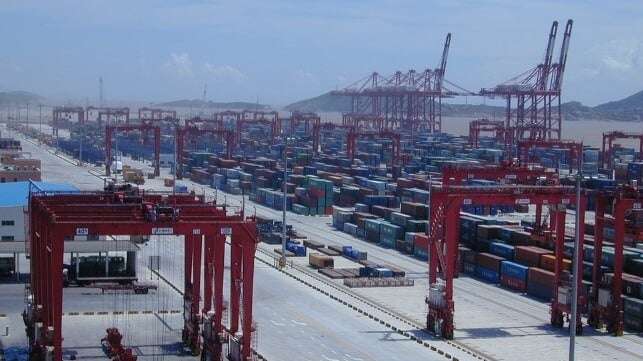Bussiness
It looks like a Russian ICBM test ended in disaster, hinting at new missile problems as Ukraine war pressures mount, analysts say
Recent satellite imagery of the launch site indicates that Russia tried testing an intercontinental ballistic missile but failed.
War analysts said that this is the fourth time the RS-28 Sarmat ICBM has failed to launch and noted that Russia has struggled with new missile development amid the war in Ukraine.
Satellite images captured on Saturday by Maxar Technologies revealed the aftermath of the missile test at the Plesetsk Cosmodrome in northwestern Russia.
The imagery shows a 200-foot-wide crater at the launch silo and damage around the launchpad, indicating there was a large explosion at some point during the test. Several fire trucks can be seen at the site.
Satellite image ©2024 Maxar Technologies.
Satellite image ©2024 Maxar Technologies.
The Center for Strategic and International Studies Missile Defense Project says the RS-28 Sarmat, also known as the SS-X-30 Satan II, is a three-stage liquid-fueled ICBM.
Russia began developing the missile in the 2000s as a replacement for the Soviet-era R-36. It is capable of delivering nuclear warheads to targets over 11,000 miles away, and the weapon can carry 10 large warheads or 16 smaller ones, per a CSIS fact sheet that cites Russian media.
Conflict analysts at the Institute for the Study of War said the development of the RS-28 Sarmat has faced repeated delays. Russia has only successfully tested the missile once in 2022 — four other attempts, including the most recent one, have seemingly been failures.
“The latest apparent failed Saramat test does not necessarily indicate that Russia’s existing nuclear triad is any less effective than it has been,” the analysts wrote in a Sunday assessment.
Satellite image ©2024 Maxar Technologies.
Satellite image ©2024 Maxar Technologies.
However, they added, the latest apparent disaster for the RS-28 “does suggest that Russia continues to struggle with developing new missile capabilities under the pressures of international sanctions and the demands on the Russian defense industrial base (DIB) amid the war in Ukraine.”
Western countries have placed crippling sanctions on Russia since the start of the war. However, despite these efforts, Moscow continues to receive significant military support from other pariah countries like Iran and North Korea.
Russian President Vladimir Putin has repeatedly rattled the nuclear saber throughout the Ukraine war, flaunting his country’s substantial arsenal of nuclear weapons while warning the Western coalition backing Kyiv that it must avoid red lines and certain levels of support for the eastern European country.
Western officials and experts have denounced Putin’s threats as unnecessarily escalatory.
Russia has the largest nuclear arsenal in the world, with nearly 6,000 warheads, according to the International Campaign to Abolish Nuclear Weapons. The US has the second-largest inventory at more than 5,200.










